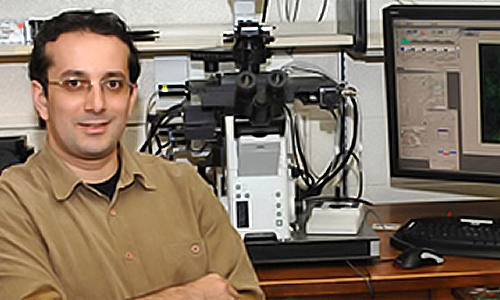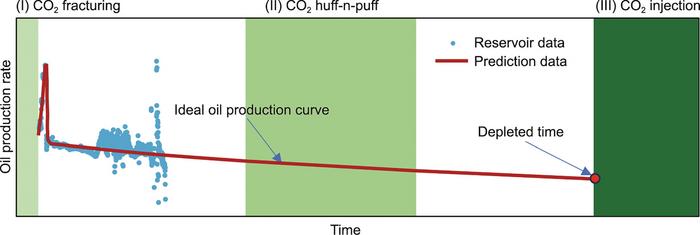New research from North Carolina State University pinpoints the areas of the cerebral cortex that are affected in mice with absence epilepsy and shows that transplanting embryonic neural cells into these areas can alleviate symptoms of the disease by reducing seizure activity. The work may help identify the areas of the human brain affected in absence epilepsy and lead to new therapies for sufferers.
Dr. Troy Ghashghaei is a neuroscientist in the Department of Molecular and Biomedical Sciences at NC State University’s College of Veterinary Medicine
Absence epilepsy primarily affects children. These seizures differ from “clonic-tonic” seizures in that they don’t cause muscle spasms; rather, patients “zone out” or stare into space for a period of time, with no memory of the episode afterward. Around one-third of patients with absence epilepsy fail to respond to medication, demonstrating the complexity of the disease.
NC State neurobiology professor Troy Ghashghaei and colleagues looked at a genetic mouse model for absence epilepsy to determine what was happening in their brains during these seizures. They found that the seizures were accompanied by hyperactivity in the areas of the brain associated with vision and touch – areas referred to as primary visual and primary somatosensory cortices in the occipital and parietal lobes, respectively.
“There are neurons that excite brain activity, and neurons that inhibit activity,” Ghashghaei says. “The inhibitory neurons work by secreting an inhibitory neurotransmitter called gamma-aminobutyric acid, or GABA. The ‘GABAergic’ interneurons were recently shown by others to be defective in the mice with absence seizures, and we surmised that these malfunctioning neurons might be part of the problem, especially in the visual and somatosensory cortical areas.”
Ghashghaei’s team took embryonic neural stem cells from a part of the developing brain that generates GABAergic interneurons for the cerebral cortex. They harvested these cells from normal mouse embryos and transplanted them into the occipital cortex of the genetic mice with absence seizures. Absence seizure activity in treated animals decreased dramatically, and the mice gained more weight and survived longer than untreated mice.
“This is a profound and remarkably effective first result, and adds to the recent body of evidence that these transplantation treatments can work in mouse models of epilepsy. But we still don’t understand the mechanisms behind what the normal inhibitory cells are doing in areas of the visual cortex of absence epileptic mice,” Ghashghaei says. “We know that you can get positive results even when a small number of transplanted neurons actually integrate into the cortex of affected mice, which is very interesting. But we don’t know how the transplanted cells are connecting with other cells in the cortex and how they alleviate the absence seizures in the mouse model we employed.
“Our next steps will be to explore these questions. In addition, we are very interested in methods being devised by multiple labs around the world to ‘reprogram’ cells from transplantation patients to generate normal GABAergic and other types of neurons. Once established, this would eliminate the need for embryonic stem cells for this type of treatment. The ultimate goal is to develop new therapies for humans suffering from various forms of epilepsies, especially those for whom drugs do not work.”
Story Source:
The above story is based on materials provided by North Carolina State University, Tracey Peake.






